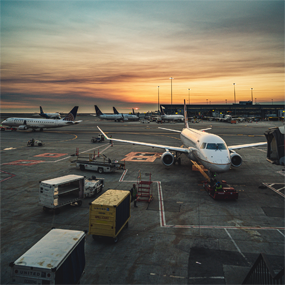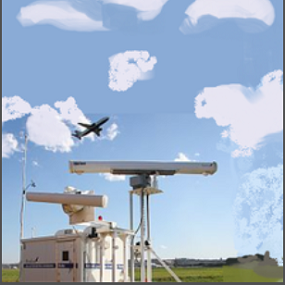Wildlife Strike Recording
Identifying the species of wildlife involved in strikes with aircraft is crucial from a wildlife management standpoint. We cannot manage a problem that is not defined or recorded. As a first rule, remains of birds found on aircraft or in engines (Snarge) should be sent to the Smithsonian Feather Lab (SFL) for morphological and DNA analyses to determine species in addition to filing a report with details of the strike event (https://wildlife.faa.gov/).
FAA Wildlife Strike Recording:
https://wildlife.faa.gov/home
Our Blog:
https://www.airportwildlife.com/blog/why-should-i-report-a-bird-strike-in-the-faa-database
Additional Links
FAA Wildlife Strike Mitigation Documents
Resources
Published Documents
International Bird Strike Docs
Avian Radar Fact Sheet
Identifying the species of wildlife involved in strikes with aircraft is crucial from a wildlife management standpoint. We cannot manage a problem that is not defined or recorded. As a first rule, remains of birds found on aircraft or in engines (Snarge) should be sent to the Smithsonian Feather Lab (SFL) for morphological and DNA analyses to determine species in addition to filing a report with details of the strike event (https://wildlife.faa.gov/).
- Proper Identification – In order to deal with a problem, you need to know who or what you are dealing with. Also, it is required by the FAA to report and record all bird strikes on your airfield.
- Immediate Threats – After you have identified your SNARGE you can put yourself in a position to respond to any immediate threats to your aircraft safety. You may deal with a migration of a certain species or an invasive species that may need specific tactics.
- Assess Future Risk – Sometimes a bird strike may be a one off or an isolated incident however It may also lead to an update in your Wildlife Hazard Management Plan and implementation of new strategies to avoid bird strikes in the future.
- Reporting a strike to the FAA Strike Database has become increasingly easier to do. With Mobile Apps, and online reporting you can easily report a wildlife strike within minutes of it happening.
FAA Wildlife Strike Recording:
https://wildlife.faa.gov/home
Our Blog:
https://www.airportwildlife.com/blog/why-should-i-report-a-bird-strike-in-the-faa-database
Additional Links
FAA Wildlife Strike Mitigation Documents
Resources
Published Documents
International Bird Strike Docs
Avian Radar Fact Sheet



